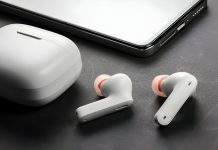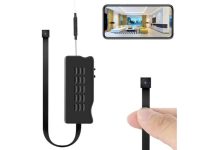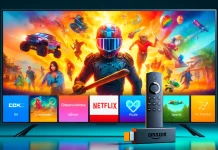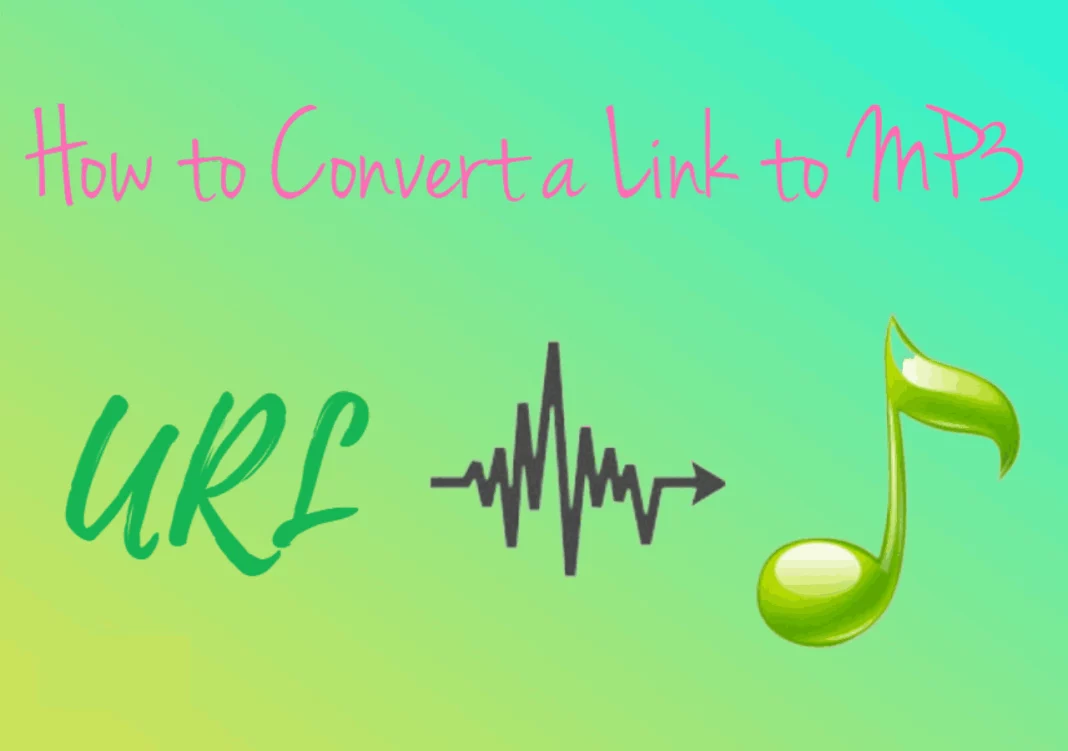In today’s digital age, sharing audio files, especially MP3s, has become an integral part of online communication. Whether you want to share a podcast, a piece of music, an audiobook, or any other audio content, knowing how to link to MP3 files is essential. In this comprehensive guide, we’ll walk you through the process of linking to MP3s, the different methods available, and some best practices to ensure a seamless user experience.
Understanding How To Link To MP3 Files
Before we dive into linking to MP3 files, let’s quickly understand what an MP3 file is. MP3 stands for “MPEG-1 Audio Layer 3,” and it’s a widely used audio file format known for its high compression ratio while maintaining good audio quality. MP3 files are commonly used for storing and sharing audio content because of their small file size and compatibility with various devices and platforms.
Why Link to MP3 Files?
Link to MP3 files is a practical way to share audio content on the internet. It allows you to:
- Share audio content on websites and blogs.
- Distribute podcasts or music tracks.
- Provide direct access to audiobooks or lectures.
- Collaborate on audio projects, such as music collaborations or sound design.
Now, let’s explore how to link to MP3 files effectively:
Method 1: Direct Linking
The most straightforward way to link to MP3 file is by providing a direct link to the file’s URL. Here’s how:
- Upload the Link to MP3 File: First, you need to host the MP3 file on a web server or a cloud storage service. Many platforms, like Dropbox, Google Drive, or Amazon S3, allow you to upload and host files.
- Get the File URL: Once the file is uploaded, right-click on it and select “Get Shareable Link” or a similar option depending on the platform you’re using. This will generate a unique URL for the MP3 file.
- Insert the Link: On your website, blog, or wherever you want to share the MP3, insert the URL as a hyperlink. You can do this by highlighting the text you want to link to MP3 (e.g., “Listen here”) and then clicking the “Insert Link” option in your text editor. Paste the MP3 URL and save your changes.
Now, when users click on the link, they’ll be able to listen to or download the MP3 file directly.
Method 2: Using HTML Code
If you have some coding experience, you can use HTML to embed an MP3 player directly into your webpage. Here’s how:
- Upload the MP3 File: Just like in the direct linking method, upload the MP3 file to a web server or cloud storage.
- Use the HTML <audio> Tag: In your HTML document, use the <audio> tag to embed the MP3 player. Here’s a basic example:
html
Copy code
<audio controls>
<source src=“URL_of_MP3_file.mp3” type=“audio/mpeg”>
Your browser does not support the audio element.
</audio>
Replace “URL_of_MP3_file.mp3” with the actual URL of your MP3 file.
- Customize and Style: You can further customize the audio player’s appearance and behavior using CSS and additional HTML attributes. This allows you to match the player’s design to your website’s aesthetics.
Best Practices for Linking to MP3 Files
- Choose Reliable Hosting: Use a reputable web hosting service or cloud storage provider to ensure that your Link to MP3 files are accessible and won’t be removed or become unavailable.
- Provide Context: When linking to an MP3, include a brief description or title to let users know what they’re clicking on. This helps improve user experience and engagement.
- Consider Accessibility: Ensure that your audio content is accessible to all users, including those with disabilities. Use descriptive text and provide alternatives for non-supported browsers.
- Test Across Devices: Before publishing, test your MP3 links on various devices and browsers to ensure compatibility and a smooth user experience.
- Respect Copyright: If you’re sharing copyrighted material, make sure you have the necessary permissions or licenses to do so legally.
Conclusion
Knowing how to link to MP3 files is a valuable skill for anyone involved in sharing audio content online. Whether you’re a content creator, educator, or simply want to share your favorite music, these methods and best practices will help you do so effectively and responsibly. So go ahead, start sharing your audio content with the world!

































[…] its support for multi-layer video editing. This means you can overlay multiple videos, images, and audio tracks to create complex and visually appealing […]